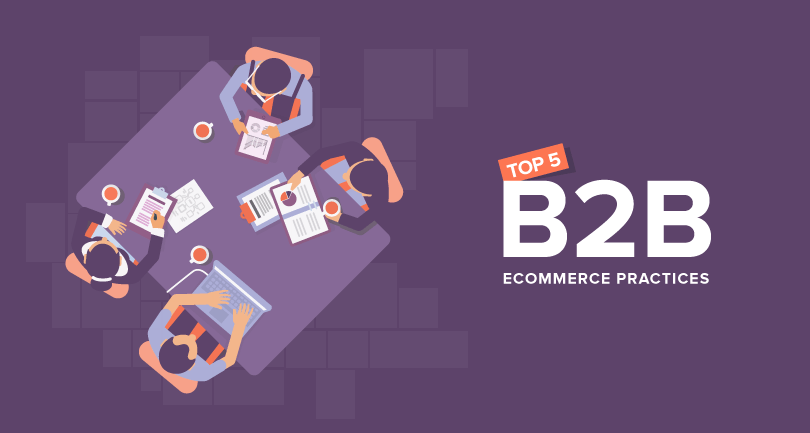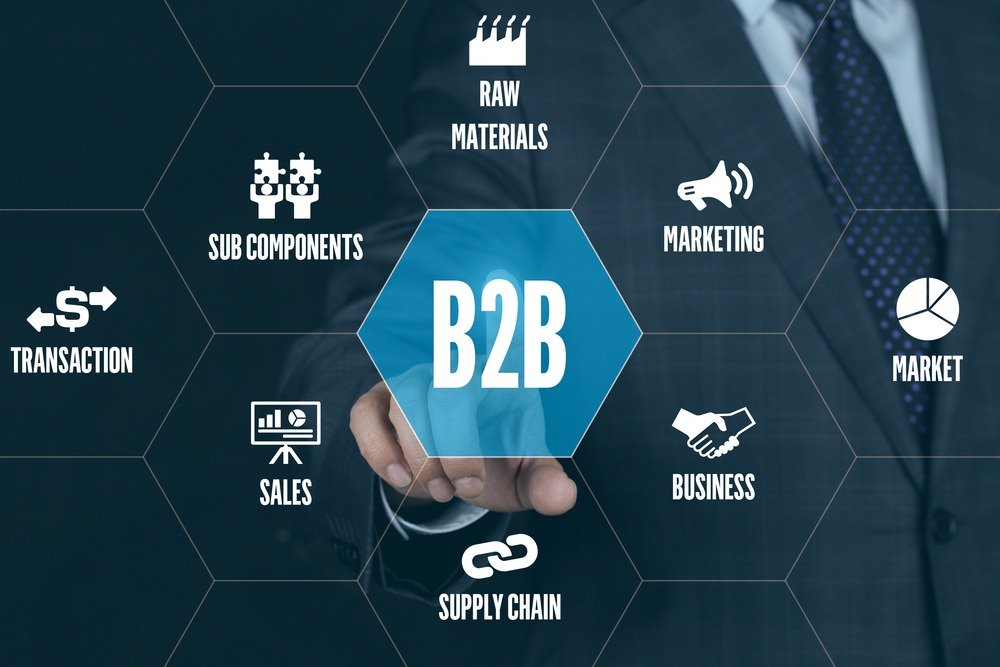Table of Contents
In today’s digital age, e-commerce has become a fundamental aspect of business operations, revolutionizing the way companies conduct transactions and interact with customers. While business-to-consumer (B2C) e-commerce often garners the spotlight, business-to-business (B2B) e-commerce plays an equally significant role in the global economy. This comprehensive guide aims to demystify B2B e-commerce by exploring its definition, key components, benefits, challenges, and operational mechanisms.
Defining B2B E-Commerce
B2B e-commerce refers to the buying and selling of goods or services between businesses through online platforms or electronic networks. Unlike B2C transactions, which involve businesses selling directly to consumers, B2B transactions occur between businesses, such as manufacturers, wholesalers, distributors, and retailers. The primary objective of B2B e-commerce marketing is to facilitate the procurement of goods and services necessary for business operations, enabling companies to streamline their purchasing processes and improve efficiency.

Key Components of B2B E-Commerce
2.1 Online Marketplaces: B2B online marketplaces serve as digital platforms where businesses can buy and sell products or services from multiple vendors. These marketplaces offer a centralized hub for conducting transactions, connecting buyers and sellers across various industries.
2.2 E-Procurement Systems: E-procurement systems automate the purchasing process within organizations, allowing businesses to requisition, approve, and order goods and services electronically. These systems enhance efficiency, reduce paperwork, and provide greater visibility into procurement activities.
2.3 Supplier Portals: Supplier portals are web-based platforms that enable businesses to collaborate with their suppliers, manage orders, track inventory, and access relevant information such as pricing, product specifications, and delivery schedules.
2.4 Electronic Data Interchange (EDI): EDI involves the electronic exchange of business documents, such as purchase orders, invoices, and shipment notices, between trading partners. EDI streamlines communication and transaction processing, reducing manual errors and accelerating order fulfillment.
2.5 Mobile Commerce: With the proliferation of smartphones and mobile devices, mobile commerce has emerged as a significant component of B2B e-commerce. Mobile apps and responsive websites allow businesses to conduct transactions, manage accounts, and access information on the go.

Benefits of B2B E-Commerce
3.1 Increased Efficiency: B2B e-commerce streamlines the procurement process, reducing manual tasks, paperwork, and processing times. Automated workflows, electronic approvals, and online catalogs improve efficiency and productivity within organizations.
3.2 Expanded Reach: E-commerce platforms enable businesses to reach a broader audience of potential buyers beyond their geographical boundaries. With online marketplaces and digital storefronts, companies can connect with customers globally and explore new market opportunities.
3.3 Cost Savings: B2B e-commerce eliminates the need for traditional brick-and-mortar storefronts and sales representatives, reducing overhead costs associated with physical operations. Additionally, electronic transactions and automated processes lower administrative expenses and minimize errors.
3.4 Enhanced Customer Experience: E-commerce platforms provide businesses with tools to deliver personalized experiences and tailored solutions to their customers. Features such as self-service portals, product configurators, and real-time inventory visibility enhance customer satisfaction and loyalty.
3.5 Data-Driven Insights: B2B e-commerce platforms generate valuable data and analytics that businesses can leverage to gain insights into customer behavior, preferences, and trends. By analyzing this data, companies can make informed decisions, optimize their operations, and drive growth.

Challenges of B2B E-Commerce
4.1 Integration Complexity: Integrating e-commerce platforms with existing systems, such as ERP (Enterprise Resource Planning) and CRM (Customer Relationship Management) software, can be challenging and require significant investment in technology and resources.
4.2 Security Concerns: B2B transactions involve sensitive information, including financial data, customer details, and intellectual property. Ensuring the security and confidentiality of data is paramount, requiring robust cybersecurity measures and compliance with regulations such as GDPR (General Data Protection Regulation).
4.3 Customization Requirements: B2B buyers often have unique requirements and preferences that may necessitate customization of products, pricing, and services. Meeting these customization demands while maintaining scalability and efficiency can pose challenges for e-commerce platforms.
4.4 Complex Sales Cycles: B2B sales cycles tend to be longer and more complex than B2C transactions, involving multiple stakeholders, decision-makers, and approval processes. E-commerce platforms must accommodate these complexities and provide tools to facilitate collaboration and communication throughout the sales cycle.
4.5 Competition and Differentiation: The proliferation of B2B e-commerce platforms has intensified competition among businesses, making it challenging to differentiate offerings and stand out in crowded marketplaces. Companies must focus on value-added services, customer experience, and innovation to differentiate themselves effectively.

Operational Mechanisms of B2B E-Commerce
5.1 Registration and Authentication: B2B ecommerce platforms typically require users to register and authenticate their identities before accessing the platform. Registration processes may involve verification of business credentials, account setup, and user permissions management.
5.2 Product Catalog Management: B2B ecommerce platforms feature robust product catalog management capabilities, allowing businesses to create, organize, and update product listings with detailed information, pricing, and availability.
5.3 Order Management and Fulfillment: Order management modules facilitate the processing, tracking, and fulfillment of orders within B2B e-commerce platforms. These modules automate order routing, inventory management, shipping, and delivery logistics to ensure timely and accurate order fulfillment.
5.4 Pricing and Quoting: B2B ecommerce platforms support complex pricing structures, including volume discounts, contract pricing, and negotiated pricing agreements. Quoting tools enable businesses to generate customized quotes for customers based on their specific requirements.
5.5 Payment Processing: B2B ecommerce platforms integrate with payment gateways and financial systems to facilitate secure and efficient payment processing. Payment options may include credit cards, electronic funds transfer (EFT), purchase orders, and invoicing, depending on customer preferences and agreements.

Conclusion:
In conclusion, B2B ecommerce is a dynamic and evolving ecosystem that revolutionizes the way businesses conduct transactions, collaborate with partners, and serve customers. By leveraging digital platforms, automation tools, and data-driven insights, companies can optimize their procurement processes, expand their market reach, and enhance customer experiences. While challenges such as integration complexity, security concerns, and competition persist, the benefits of B2B e-commerce far outweigh the challenges, offering immense opportunities for growth, innovation, and success in the digital era.


Leave a Reply